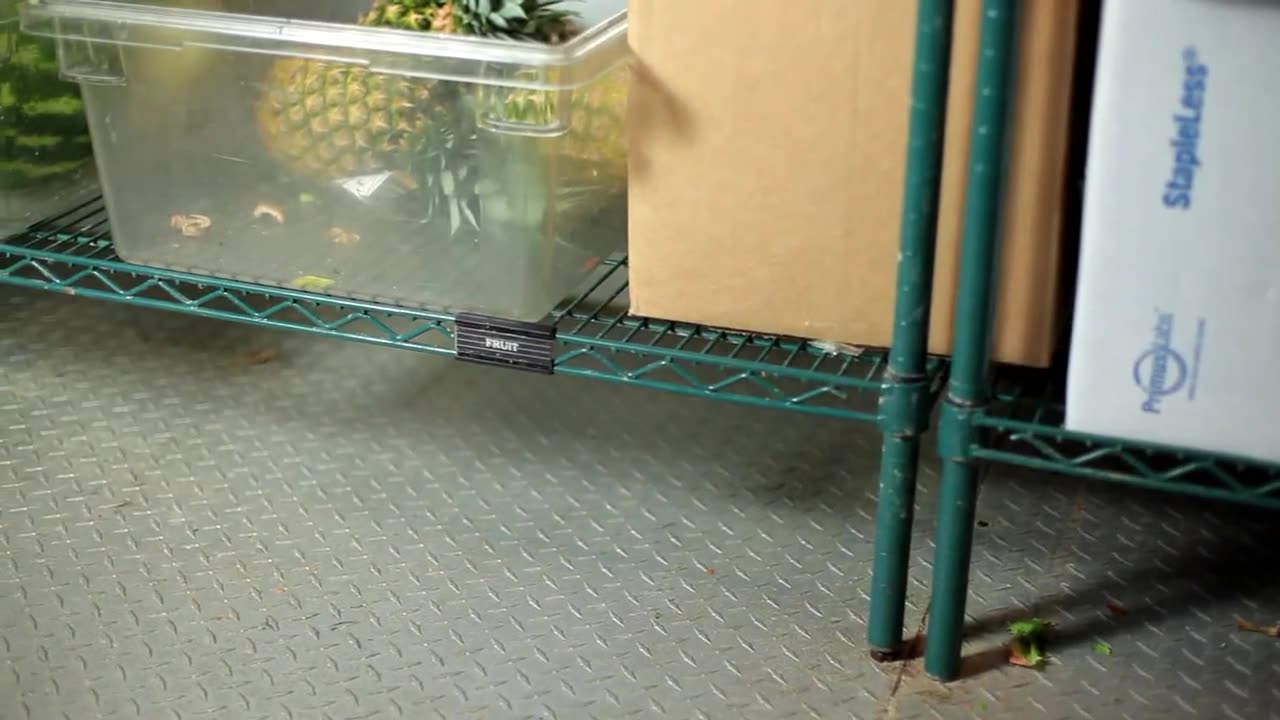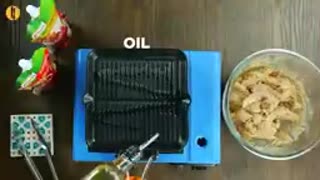Premium Only Content

eFoodHandlers presents_ Preventing Pests
### **eFoodHandlers Presents: Preventing Pests**
---
**Pests** in food establishments pose a significant risk to food safety, as they can contaminate food, spread diseases, and damage property. This guide outlines effective strategies for preventing pests and maintaining a clean, pest-free environment.
---
### **Common Food Facility Pests**
1. **Rodents (Mice and Rats):**
- Contaminate food and surfaces with droppings, urine, and hair.
- Chew through packaging and electrical wires.
2. **Insects:**
- **Cockroaches:** Thrive in warm, damp areas; carry bacteria and pathogens.
- **Flies:** Transmit germs from garbage or sewage to food.
- **Ants:** Invade food storage areas, contaminating food.
- **Stored Product Pests:** Moths, weevils, or beetles infest dry goods like flour or rice.
3. **Birds:** Can nest in or around food establishments, leaving droppings that spread disease.
---
### **Why Pest Prevention is Critical**
- **Health Risks:** Pests carry bacteria, viruses, and parasites that can cause foodborne illnesses.
- **Legal Consequences:** Infestations can result in fines, closures, and damage to reputation.
- **Customer Trust:** A single sighting of pests can damage customer confidence and business credibility.
---
### **Key Pest Prevention Practices**
#### **1. Deny Access**
- Seal cracks, gaps, and holes in walls, floors, and ceilings.
- Install weather stripping and door sweeps to close gaps around doors.
- Use fine mesh screens on windows and vents.
#### **2. Eliminate Food and Water Sources**
- Store food in sealed, pest-proof containers.
- Keep floors, counters, and food prep areas clean and free of crumbs or spills.
- Fix leaks and remove standing water in sinks, drains, or equipment.
#### **3. Maintain Proper Waste Management**
- Dispose of garbage regularly in sealed, pest-resistant bins.
- Clean garbage bins frequently to remove food residues.
- Keep dumpster areas clean and located away from the building.
#### **4. Store Food Properly**
- Rotate stock using the **FIFO (First In, First Out)** method to minimize stale or expired food.
- Keep food off the floor and at least **6 inches (15 cm)** above ground level.
#### **5. Inspect Deliveries**
- Check all deliveries for signs of pest infestation, such as holes in packaging, droppings, or live insects.
- Reject any damaged or contaminated goods.
#### **6. Use Physical and Mechanical Controls**
- Install traps and bait stations for rodents in non-food areas.
- Use light traps or sticky traps for flying insects.
- Employ air curtains at entrances to prevent pest entry.
#### **7. Monitor and Document**
- Regularly inspect the facility for signs of pests (droppings, gnaw marks, nests, etc.).
- Keep detailed records of pest control activities and findings.
---
### **Signs of a Pest Infestation**
- Droppings, tracks, or nests.
- Chewed packaging or wiring.
- Unusual odors or sounds, like scratching or squeaking.
- Live or dead pests spotted during inspections.
---
### **Partnering with Professionals**
- Hire licensed pest control professionals for regular inspections and treatments.
- Work with them to identify vulnerabilities and implement tailored solutions.
---
### **Conclusion**
Preventing pests requires vigilance, cleanliness, and proactive measures. By integrating these practices into daily operations, food workers and establishments can maintain a safe, hygienic environment for preparing and serving food.
Let me know if you’d like to dive deeper into any of these prevention strategies!
-
 1:35
1:35
HSESafetyInformation
3 months agoMutton Chops two ways- baked & grilled Recipe by Food Fusion (Eid Recipe)
64 -
 8:07
8:07
Freedom Frontline
19 hours agoTim Dillon SLAMS Woke Elites – This Is Brilliant
202 -
 LIVE
LIVE
TheItalianCEO
45 minutes agoI love the smell of Video Games in the morning...
25 watching -
 LIVE
LIVE
xTimsanityx
4 hours ago🟢LIVE: THE BORNLESS - APEX LEGENDS AFTER - HAPPY FATHERS DAY
78 watching -
 49:24
49:24
TheGetCanceledPodcast
17 hours agoThe GCP Ep.12 | Igor Aleksov Talks Indie Films, Lena & Vladimir, Big Festivals & Award Shows
27 -
 10:21
10:21
MrBigKid
21 hours ago $0.01 earnedUltimate Romeo M17 RXM Build
862 -
 LIVE
LIVE
EXPBLESS
2 hours agoWere Officially Partner's With Freshen Up Energy!! - #RumbleGaming - Hogwarts Legacy First Time Play
103 watching -
 10:31
10:31
Lacey Mae ASMR
15 hours ago $0.02 earnedASMR Super Random Triggers for TONS of Tingles
422 -
 LIVE
LIVE
DoldrumDan
5 hours agoRAREST WEAPON - CHALLENGE RUN - First Playthrough - Elden Ring DAY 20
108 watching -
 51:43
51:43
Economic War Room
21 hours agoReflecting on Phil Robertson: Legacy of Faith and Wisdom | PMR EP 062
1.09K